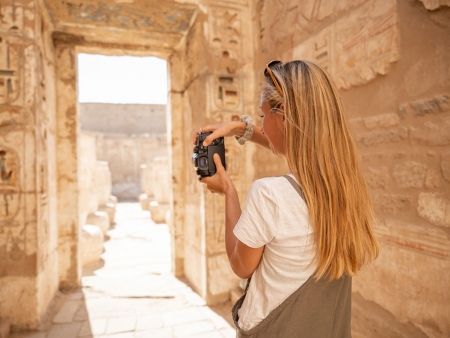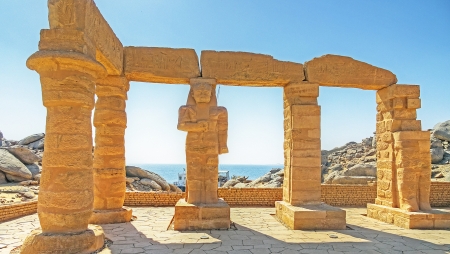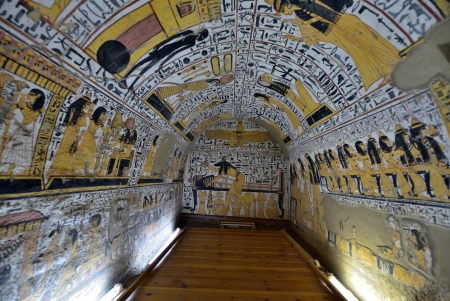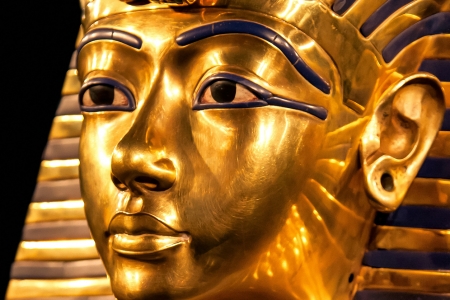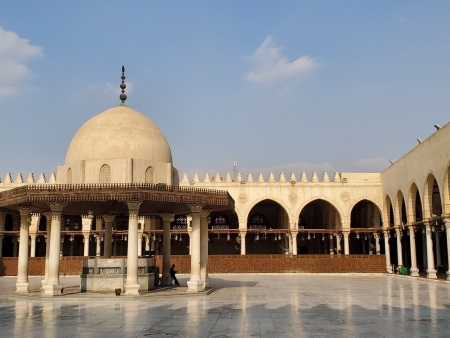Amr Ibn Al-Aas

Amr Ibn Al-As was a key Muslim commander who led only 3,500 soldiers to conquer Egypt. He converted to Islam in 630 but quickly rose to prominence for his military skills. Known for his role in the Battle of Siffin and the controversial Arbitration, he left a lasting legacy as a military leader, politician, and administrator in early Islamic history.
Lineage and Early Life
Amr ibn al-As was born around 573 CE into one of Makkah's most prestigious families. He belonged to the Banu Sahm clan of the Quraysh tribe, which placed him among the elite of pre-Islamic Arabia.
Family background and tribal affiliation
Amr Ibn Al-As inherited great wealth from his father, al-As ibn Wa'il, including the al-Waht estate near Ta’if. His mother, al-Nabigha bint Harmala, was a captive who gave him half-brothers and a half-sister from earlier marriages. Belonging to the powerful Banu Sahm clan of Quraysh, Amr grew up in a privileged and influential environment that shaped his ambitions.
Reputation and personality traits
Amr Ibn Al-As was short and broad-shouldered, but his sharp intellect made him stand out. Before Islam, he was respected for his tactical skills, poetry, and diplomacy, even serving as Quraysh’s ambassador to foreign rulers. Known as “the most cunning of the Arabs,” his intelligence and shrewdness laid the foundation for his later military and political success.
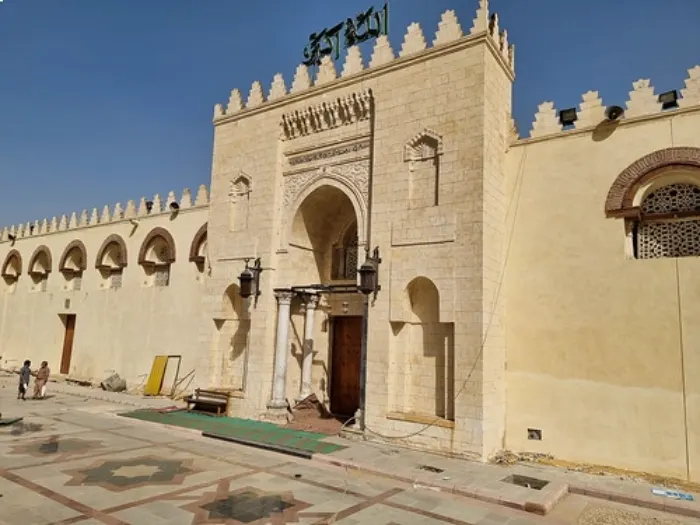
Conversion to Islam and Role During the Prophet’s Time
Amr Ibn Al-As's early diplomatic missions led him to Islam in an unexpected way. He was one of Islam's strongest opponents at first, but his change of heart became crucial to the growing Muslim community.
Journey to Abyssinia and acceptance of Islam
Amr Ibn Al-As first met Muslims when he tried to persuade the King of Abyssinia to return the refugees, but the attempt failed. Still opposing Islam for years, he finally embraced it in 630 CE (8 AH) with Khalid ibn al-Walid and Uthman ibn Talha. Before converting, he asked Prophet Muhammad for forgiveness, who assured him that Islam erases past sins.
Military and administrative roles under the Prophet
After embracing Islam, Amr quickly proved his military and diplomatic talent. He persuaded Oman's rulers to accept Islam peacefully and led the Dhat al-Salasil expedition in 8 AH, where even senior companions deferred to his command. The Prophet trusted his judgment and allowed him to use independent reasoning, highlighting Amr’s exceptional leadership and strategic skill.

Political Rise After the Prophet’s Death
Amr Ibn Al-As rose to become a key political figure after Prophet Muhammad's death. His military brilliance helped expand the Islamic state, and his journey from military commander to provincial governor marked an incredible rise in his career.
Governorship under Caliphs Abu Bakr and Umar
Caliph Abu Bakr saw Amr's exceptional leadership skills and made him a commander during the Ridda Wars. Amr's battle tactics helped crush rebellions that threatened the young Islamic state. He showed steadfast dedication to the caliphate during these challenging times.
Amr's political influence grew when Umar became the second caliph. Umar valued Amr's strategic mind and put him in charge of campaigns in Palestine and Syria. His victories against Byzantine forces made him stand out as a brilliant general. Umar later named him governor of Syria, where he built strong administrative systems and kept strict discipline in his army.
Conquest of Egypt and administrative legacy
Amr's greatest achievement came in 639 CE when Caliph Umar approved his plan to conquer Egypt. He led just 4,000 soldiers in a masterful campaign against Byzantine forces. His army first took Pelusium (modern Port Said) before moving to the Babylon Fortress near modern Cairo.
After Egypt surrendered, Amr built Fustat (near modern Cairo) as the new capital. His approach to governance was ahead of its time. He kept many existing systems in place and slowly brought in Islamic principles. His tax reforms brought relief to locals who had struggled under heavy Byzantine taxation.
Amr's rule left a lasting mark through his tolerance of Egypt's Coptic Christian majority. He protected their churches and let them practice their faith freely. This approach was rare for rulers of his time and helped create a smooth transition to Islamic rule.
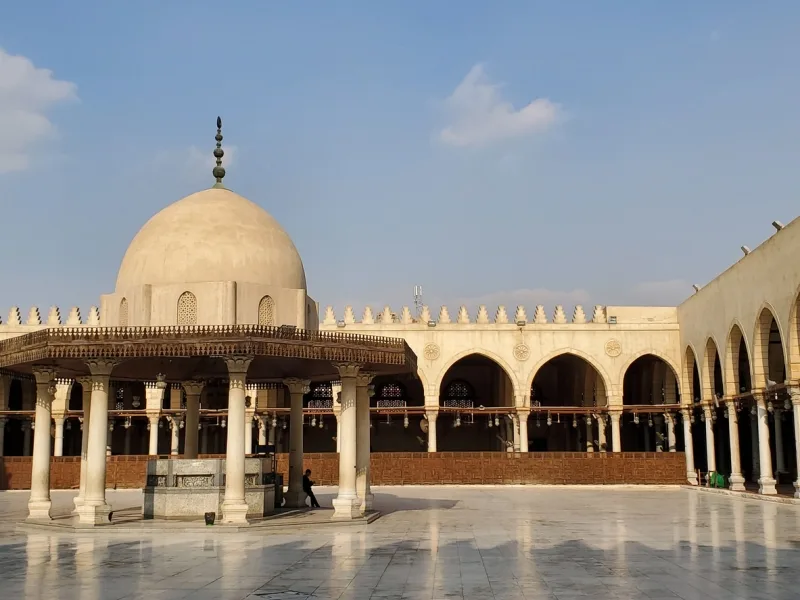
Customize Your Dream Vacation!
Get in touch with our local experts for an unforgettable journey.
Plan Your Trip
Role in the Battle of Siffin and Arbitration
The assassination of Uthman sparked a bitter power struggle that saw Amr Ibn Al-As align with Muawiyah ibn Abi Sufyan against Ali ibn Abi Talib at the Battle of Siffin in 657 CE [191]. Amr commanded Muawiyah's Syrian cavalry and led the overall field operations throughout the weeks-long conflict [194]. His military expertise and tactical brilliance would reshape Islamic political history.
Strategic use of the Qur'an on spears
Ali's forces gained a clear battlefield advantage as the battle reached its peak. His commander, Malik al-Ashtar, came within yards of capturing Muawiyah's tent [193]. Amr devised a cunning plan when defeat seemed certain—he ordered Syrian soldiers to raise Qur'an copies on their spears [192]. The soldiers called for "the Book of God the arbiter between them" [211].
The strategy worked instantly. Ali's army, particularly the Qurra' (Qur'an reciters), refused to fight what they saw as the Word of God [193]. Ali knew this was a deceptive tactic and urged his troops to continue fighting, but nobody listened [192]. What could have ended "by another ten strikes of the sword" turned into a stalemate [193].
Manipulation during the arbitration process
Both sides agreed to arbitration after the fighting stopped. Amr spoke for Muawiyah while Abu Musa al-Ash'ari represented Ali—despite Ali's objections [192]. The agreement required both representatives to base their judgment solely on the Qur'an and Prophetic tradition [203].
Amr masterfully controlled the negotiations. He persuaded Abu Musa that they should remove both Ali and Muawiyah to let Muslims elect a new caliph [212]. During the public announcement, Amr let Abu Musa speak first. Abu Musa announced Ali's dismissal, and Amr agreed but declared Muawiyah should stay in power [211].
This clever move strengthened Muawiyah's position while undermining Ali's leadership claim [194]. Amr saved the Syrian army from defeat through diplomatic cunning rather than military might, and fundamentally changed Islamic political history's course [201].
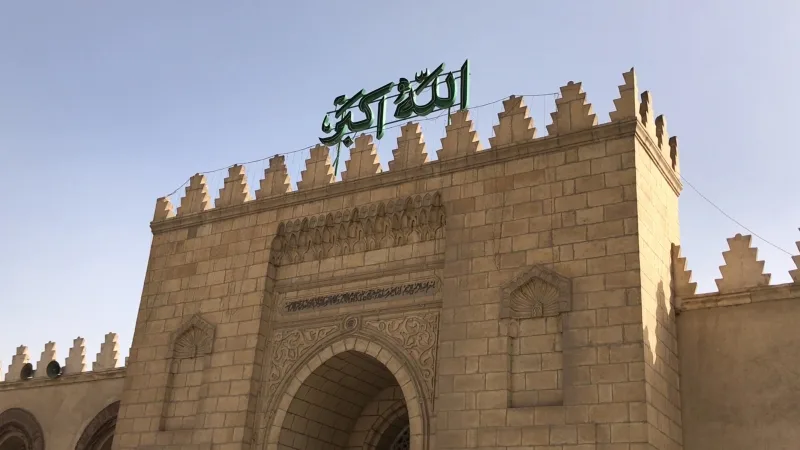
Amr Ibn Al-As is best known for leading the Muslim conquest of Egypt with remarkable strategy and limited forces. As Egypt’s first governor, he introduced fair tax systems and promoted religious tolerance — setting the foundation for Islamic governance in the region.
Through his leadership in Egypt and diplomatic missions across Arabia, Amr Ibn Al-As played a key role in spreading Islam peacefully. He founded Fustat, Egypt’s first Islamic capital, and ensured that Islamic principles blended harmoniously with local traditions.
You’ll find that Amr Ibn Al-As was trusted by Prophet Muhammad, and later by Caliphs Abu Bakr and Umar, for his wisdom and leadership. His alliances, especially with Muawiyah during the early political struggles, shaped the course of Islamic history.
At the Battle of Siffin, his strategic decision to raise Qur’ans on spears stopped the fighting and shifted political momentum. This clever tactic preserved Muawiyah’s forces and redefined the balance of power in early Islamic governance.
As governor, he balanced reform with respect for Egypt’s traditions. He protected Coptic Christians, allowed religious freedom, and restructured taxes to ease local burdens — making Egypt a stable and prosperous province under Islamic rule.




